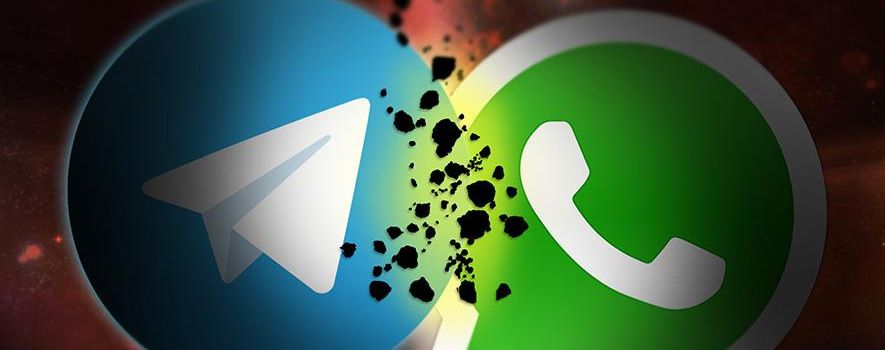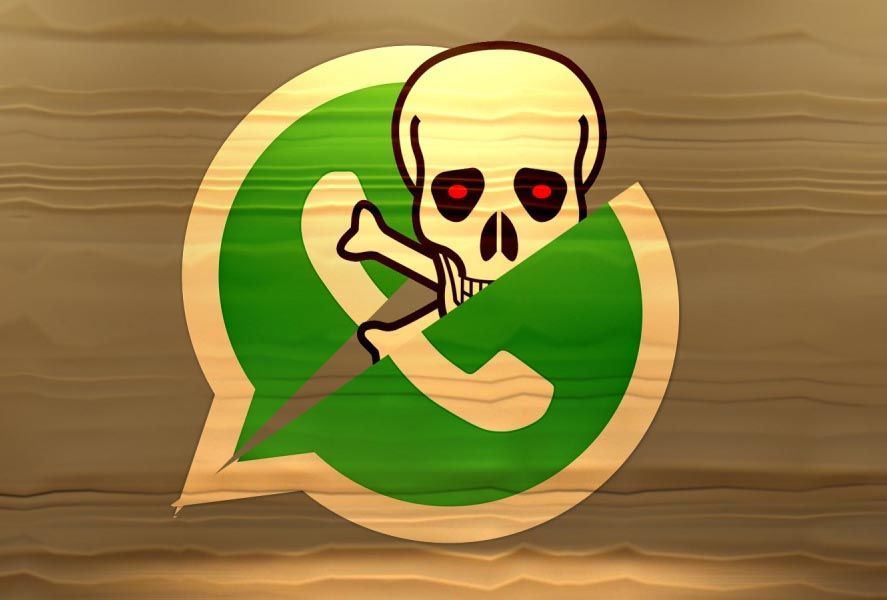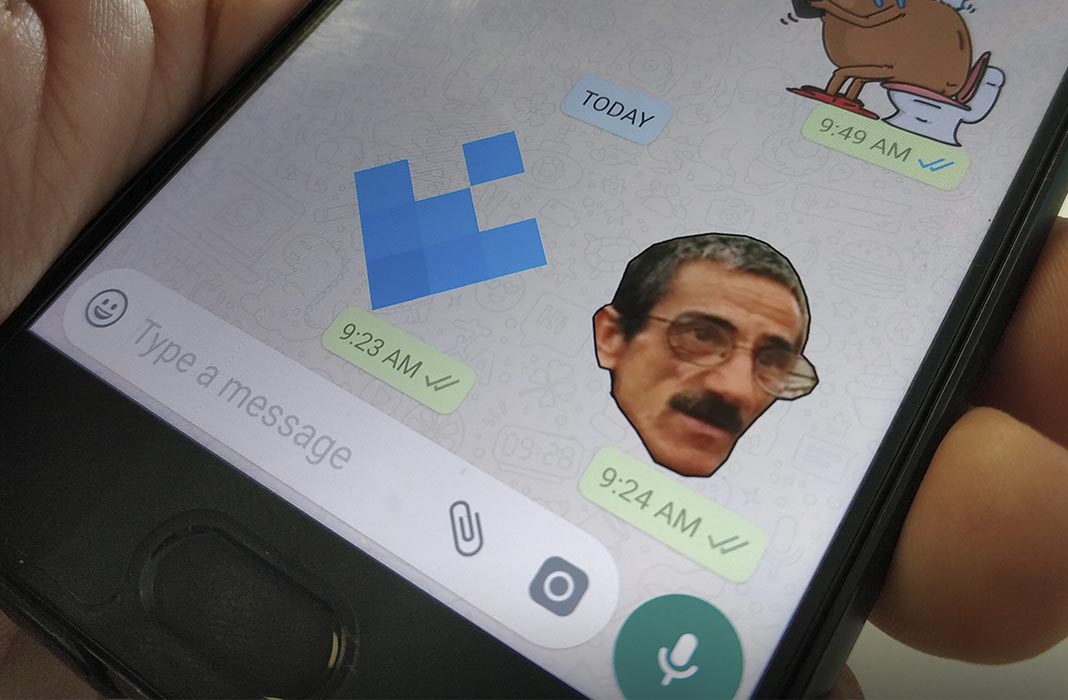It’s almost unbelievable that WhatsApp has been around for an entire decade already; although to be precise, the official Android client wasn’t made available until 2010, with its expansion and existence completely associated with the Google operating system. In the company’s official blog, they’ve created an interesting infographic that displays the most relevant highlights of each year. However, we’re not sure these are what best define the evolution of the app. During all this time we’ve followed the development of the app that’s become the most used messaging service in the world. In fact, it was one of the most downloaded apps through Uptodown practically right from the beginning.
WhatsApp was once a paid app
In February 2013, the rumor began spreading that WhatsApp was going to become a paid app. Just days later, the rumor become reality with the announcement that WhatsApp would require a yearly payment of $0.99 from both Android and iOS users. Users on the platform from Apple didn’t have too many qualms when it came to accepting the fee, but on Android, where paid apps are less common, the new charge wasn’t so easily accepted. So much so that, three years later, the fee was removed. We’re guessing that Facebook, the new owners of WhatsApp at that point had something to do with this decision.

The WhatsApp Plus phenomenon
From the times of MSN Messenger or even before that, back to the IRC visual clients, messenger app users have always craved skins and interface modifications to help them feel “unique.” This led to the appearance of various unofficial alternatives including one that stood out among the rest: WhatsApp Plus, which let users change the style of the windows and make small changes to the way conversations were displayed. But in terms of safety and functionality, it was practically the same as the original.

WhatsApp didn’t love this idea, especially given the spread of not so innocent clients like the so-called WhatsApp Gold or the app WhatsApp Spy, a whole collection of scams that ended up subscribing users to premium SMS services or entangling them in phishing schemes. So much so that in January 2015, WhatsApp began banning users that used WhatsApp Plus, in addition to contacting the creator to delete the service. What’s more, we at Uptodown were also forced to delete the app at the explicit request of WhatsApp. Afterward, Rafalense eventually created an alternative client to Telegram, this time completely legally. It was later renamed Plus Messenger and the app is still alive and well today.
The rise of Telegram and WhatsApp outages
One of the biggest problems WhatsApp has had throughout its years of existence has always been the worldwide collapses in its service in different geographic areas, reaching such disastrous moments as what happened on New Years Eve 2017, when WhatsApp went down for almost two hours. This event was like a goldmine for its competitors, with Telegram being the one who has best managed to resist the hardships of the industry and has has profited the most from its rival’s problems. In February 2014, an important WhatsApp outage let to 5 million new users registering on Telegram in the following hours.

Telegram was created in 2013 by the Dúrov brothers, who have managed to take advantage of the fame by constantly accusing WhatsApp of shamelessly copying all the features that are added to Telegram, which in view of the update history of the app, could pretty much be considered true. The problem is that Telegram was developed with security in mind from the very beginning, while WhatsApp has had to make changes over the years, running into problems with the next point we talk about below.
Security problems
The fact that an app is the most used in its category doesn’t necessarily mean that it’s the best. In all its years of existence, WhatsApp has been involved in plenty of controversies related to the security of its service. In 2014, two cyber security experts showed that it was possible to change the sender of a message, not to mention the other possibility that hackers could read users’ conversations, serious vulnerabilities in WhatsApp Web, and tricks to block the app by sending a chain of emojis.

With this outlook, WhatsApp had no other choice but to get to serious about the extreme encryption of its app. Supposedly, they’d been working on it for a long time, but it didn’t actually go into effect until 2016.
Facebook bought WhatsApp
In 2014, the unthinkable happened; the giant Facebook took over the most important messaging service in the world. $16 million dollars, $4 billion in cash and $12 billion in Facebook shares is the deal that Mark Zuckerberg’s emporium struck to ensure part of its future.

Since then, and beyond the client’s added features, the business model continues muddling along in search of a way to safeguard the company’s future. After the weak release of WhatsApp Business, it seems like the only method of monetization is going to be to show ads in the chats, which we’re supposed to start seeing this year. Will it have the same failed success as the annual subscription? Only time will tell.













